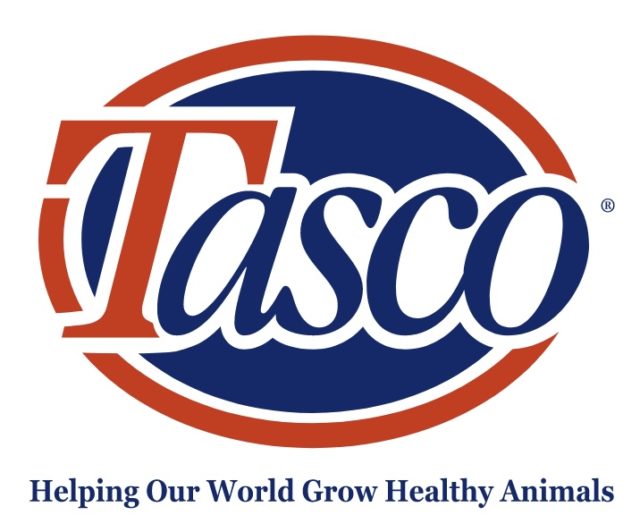As part of my work here in the New York City Watershed, I visit a lot of family farms. Here in the Catskills, farms are relatively small, and the farm families have one or more family members employed off the farm.
I am always learning from them how they make these family farms work in terms of managing their time in the context of seasonal work such as making hay or chopping grass or corn silage.
By learning, I refer to understanding how a mother can work in a school as a cafeteria manager and her husband drive school bus – and as I drive by their farm yesterday in the mid-afternoon, she is sitting on a John Deere tractor pulling a two-row corn chopper and her husband is ferrying three-beater feed wagons to and from the silage bagger.
Two days ago, I was visiting a lady well into her 80s, and she was piling wood into a wood box in preparation for cooler weather. She showed me several wooden crates with chickens inside, a gathering of ducks off to the side, a pig pen with several hogs rooting in the dirt and rock, and then four or five beef steers grazing nearby. She had sold the dairy cows several years ago. She lives by herself with the help of a grandson.
Last week, while talking with a dairyman and his wife on a 50-cow herd, it was his wife who milks the cows in a tiestall barn as her husband feeds and empties the manure spreader.
I have been here in the Watershed for 10 months. What a learning environment this is. Every farm visit is something new. But there is a commonality among them all … and this is dedication; these farm families have to somehow try to make a living in the face of a difficult economy and a younger generation struggling to figure out how they can farm here.
Make no mistake … farming here, whether it be crop or vegetable or livestock, is challenging. Off-farm income is almost mandatory. Nearly every son or daughter works off the farm. And yet these farm families somehow manage to stay in business.
I am often thinking about what we see in farming today as huge strides toward use of technology as precision-farming equipment, the size and complexity of combines and tractors and the equipment they pull, and sheer scale of size in terms of acres and herds.
I open up nearly any farming magazine or read an Internet farming website, and nearly all content has to do with technological advancement. Just the realm of precision-farming equipment and sensors and telemetry is advancing so quickly, and then the new varieties of seeds are truly remarkable.
I have read several articles about robotics, for milking and feeding and manure scraping. Remarkable. And what about the use of drone unmanned aerial vehicles in the sky providing real-time eyes on field conditions or irrigation status.
Here in the Catskills, however, farm families seek a different path … a path that is based on niche marketing of specialty food products to the huge New York City market just three driving hours away. The climate here is ideal for grazing and hay production with good intrinsic soil fertility.
There are floodplain soils here where field crops are grown, and the woman sitting on the John Deere tractor is very near a reach of the Delaware River.
Farming here has adapted over decades and even a couple centuries of trial and error; farm families figuring out what can grow and what can be sold and what kind of equipment is needed to put up feed for the winter. These families have done a remarkable job managing all of this.
One remarkable attribute in farming today is found right here in this Watershed … farmers can be quite creative in terms of defining success. I have been in countless tiestall barns that are now home to beef cattle or chickens. I have been on countless beef farms that now include sheep or goats.
I have been on many livestock farms that are now hay farms only with the livestock barns storing machinery. I have been on many farms that have an easement, and the farm remains in the rural landscape without new buildings or development. And I have walked many stream reaches that are now fenced in from livestock so the surface water is protected from manures and sediments.
Farm families here are some of the most creative families I have ever met. Most of them define success differently than a lot of farming operations. The woman sitting on the John Deere tractor would no more work in an office for any-size paycheck than do what she does … work off the farm, and when on it, contribute.
This is the stuff of farm families that are more important than the size of the farm or the age of the equipment. Farm families working toward a common goal of staying in business and raising a family and contributing food and feed for all the rest of us, while not on the evening news, ought to be.
And the widow lady well into her 80s with the chickens and ducks and a few beef animals, pigs included, said she would not trade her life for anything. Wonderful. For her contribution has been and continues to be simply magnificent.
I am completely humbled by my work here, and these farm families are the reason why. PD

-
Mike Gangwer
- Agricultural Scientist
- USDA-NRCS
- Email Mike Gangwer





